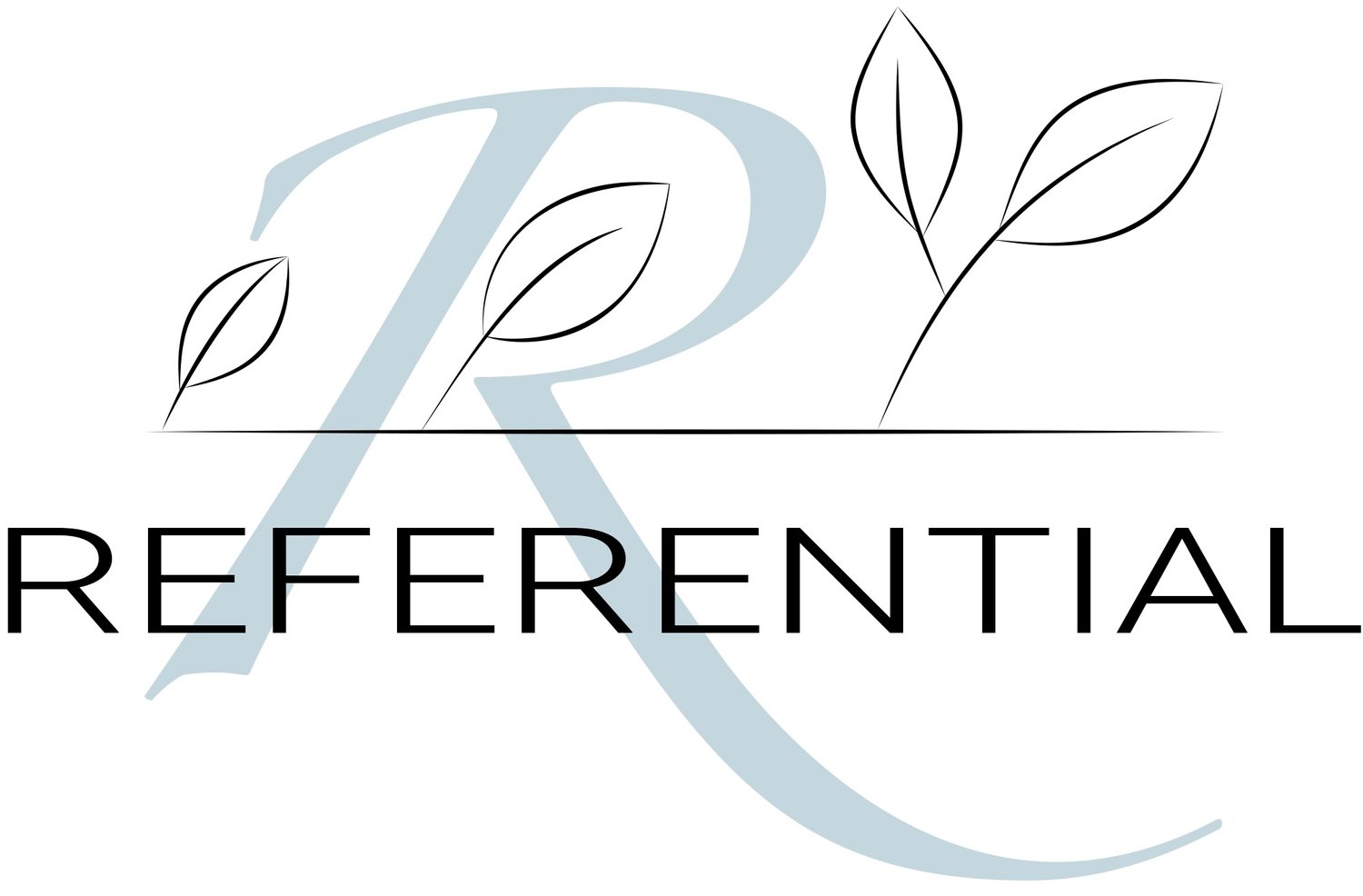Employee Highlight: A Look Inside the Numbers Is All You Need
In the second of our Referential “Employee Highlight” series, the first of which you can read here, we are once again providing our global team of consultants with an opportunity to shed light on themselves and their experiences working in Customer Marketing with some of the most visionary companies around the world.
These are organized into a Q&A format, and each will focus on a specific theme, or a rotation of Referential’s 9 pillars of service. In this edition, our focus is on reporting and metrics, and our discussion is with Senior Advocacy Consultant Denise Taylor.
How long have you been working customer advocacy?
Specifically about eight years.
What brought you to customer advocacy?
Prior to joining Referential, I was with Upland Software’s RO Innovation. That's ultimately when I really got involved with customer advocacy and putting reference programs and reward programs together. I had a real interest in tracking, and reporting metrics. I also worked in demand generation, creating marketing campaigns, as well.
And how much of a different approach is demand gen to say, customer advocacy?
Demand gen can be much more aggressive; every week it was pressure, pressure, pressure, goals, goals, goals. Customer advocacy is a different mentality and it’s about engaging with customer. You nurture them, you find out what's best for them. Honestly- you can simply look at the root words involved: demand vs advocate.
Regarding metrics and reporting - how much has the focus on metrics and reporting from a customer advocacy perspective changed in the last few years? Do you think it has become more prevalent, more necessary?
Absolutely! It’s a result of tightening of budgetary purse strings coupled with an increased focus on optimization. When advocacy budgets are cut, it’s often because upper management doesn’t see the relevancy and how it’s actually benefiting the company. The best way for an advocacy program to survive long-term is to establish metrics and reporting functions early on that prove – to stakeholders and upper management – the value of the program, both at a high-level and in-depth.
Can you explain how metrics and / or reporting display that?
It starts with diligence and a scalable game plan. Early on, benchmark everything. Stakeholders are looking to you to learn how revenue is being influenced. You’ll want to track numbers associated with new advocates, net new logos added and activities they’re participating in. Strive to answer:
How your program is helping sales?
Do Sales reps understand that there is a program?
Do they understand that they can request references?
Do they know that they have customer content at their fingertips to help prospects along the buyer’s journey?
Education and enablement are essential. Returning to the importance of metrics, use the data to prove: “We have internal engagement that we're able to provide, whether in references or testimonials or other content, to the Sales reps to make their lives simpler.”
Being able to report on both internal and external users is important; you might have a set of metrics that you know is key to your stakeholders, but then there also are a set of more granular metrics that are essential for middle management too, so, it’s good to be prepared for both.
How early are you setting up the metrics and the reporting within that program? Did you do you feel like it should ride for a little bit, or should metrics start on day one as well?
The benchmark setting should be started as early as possible. When speaking with stakeholders, determine how often they want to see the metrics and in what format. At any point a best practice is to tailor your reporting to the audience it is being presented to. Time is truly important for key stakeholders, and they don’t like to have theirs wasted. Setting yourself up for success by having reports ready at the drop of a hat is a good rule of thumb.
There are CAP / RMS platforms that are available that dramatically speed this up, for example, SlapFive, ReferenceEdge, Upland’s RO Innovation, Influitive, Base, Orca, Deeto, etc.
Can you talk a bit about what the difference may look like? High level data versus in-the-weeds?
A stakeholder, with limited time, may be more interested in stats related to revenue influenced, number of new advocates and logos of recent big wins influenced by advocates.
Being familiar with what’s going on is important, though – so be prepared to dive in if there’s interest in specific content. For example, numbers of case studies in a new product line, references engaging customer videos, potential stories in your pipeline, etc. Depending on company size, being able to supply metrics by region, industry and product lines are important lines to draw. There are always company-wide goals management will be looking to meet, but regional goals may vary greatly. Identify the right personas and the right industries so you can provide references; all of which should be reflected in your reports too.
When you're initially setting up metrics and reporting for a client, do you pull from other examples to give them ideas of how they might want to structure them?
Absolutely – and not just initially. Having a breadth of consultants spread worldwide, working with numerous global clients in a spread of industries, gives a strong footing for us at Referential to provide best-in-class service, because simply put, we have the experience. If it has been done, we’ve done it.





Customer advocacy programs are powerful growth drivers—but to secure leadership buy-in, you need more than just enthusiasm. In this blog, you can expect to learn which metrics will resonate with leadership and how to use them to justify your program’s value.